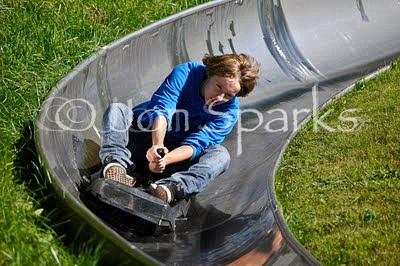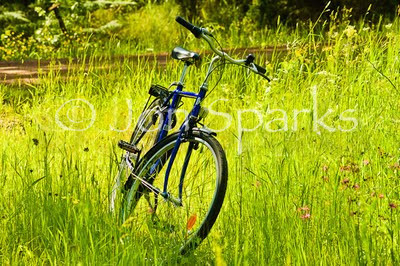Cheap and (very) cheerful
I’ve just been re-processing a batch of images, some of them a few years old, for PhotoShelter. And in the process I’ve been struck, yet again, by just how sharp my Sigma 55–200 f/4–5.6 DC lens is.
This is worth noting because this is (was) not an expensive lens. The current equivalent, a 50-200mm f/4-5.6 DC OS HSM, is listed at £299.99 and you’ll get it cheaper than that at plenty of dealers; I found it at £176.99 at Warehouse Express, for example. Just out of curiosity; I’ve no plans to replace my lens. It’s at least five years old now, so I’ve certainly had my money’s worth, but it shows no signs of being ready for retirement.
Now, this lens is a long way from what most people would regard as a professional specification. It doesn’t feel particularly robust, but it’s been thrown into rucksacks (admittedly in a padded case) and bashed around on many biking, walking and climbing trips. And its great advantage is that it is light.
I just weighed it alongside my Nikkor 80–200mm f/2.8 lens. The Sigma masses just 344g, the NIkon 1368g – almost exactly four times as heavy. That’s a difference you really notice when hiking or biking.
Of course the Nikkor has some big advantages: there’s that constant f/2.8 aperture for a start, making the viewfinder image twice as bright at the wider end of the range and four times as bright at 200mm. It’s great for shallow depth of field shots and makes it much easier to use really fast shutter speeds when shooting action.
The Nikkor is also a better lens for full-on action because its autofocus is a lot faster – though there are several ways around this, like prefocusing. In fact the Sigma lens has no built-in motor and so can’t autofocus at all unless there’s a motor in the camera body. This means it’s manual focus only with various Nikons including, currently, the D3100 and D5100, though it works happily with my D7000. In any case, the current 50-200mm f/4-5.6 DC OS HSM lens has its own motor (indicated by the HSM tag) so will AF with all Nikon DSLRs. And, by the way, it also has inbuilt stabilisation.
Optically, as I said right at the start, the Sigma lens is pin-sharp, corner to corner. There’s very distortion at the extremes of the focal length range but that’s easily corrected in Adobe Lightroom. It does show a little flare when shooting right into the sun, but then so does the Nikkor.
The biggest drawback of all with the Sigma lens is that it only covers the smaller sensor of DX cameras, not the FX (or full-frame) of my D700. But then again, that’s why it’s possible to make it so small and light. Now, a note of caution. I haven't tested the new lens so I make no comment on whether it’s as good as my example. It’s also true that with lower-price lenses there can be a little variation in manufacturing, so that two lenses of the same model may not always be exactly equal in performance. Maybe I’ve been lucky with the one I have. I’m certainly a very satisfied customer. And here are just a few images shot with this lens...
Comments
No comments posted.
Loading...
|
Subscribe
RSS
Archive
January
February
March
April
May
June
July
August
September
October
November
December
|
© Jon Sparks





